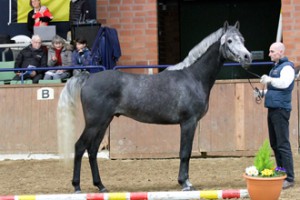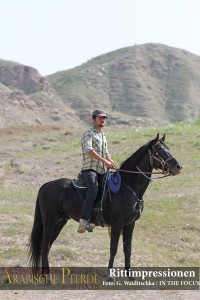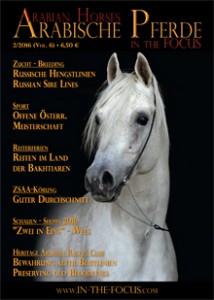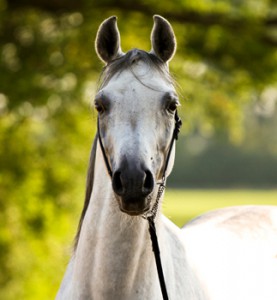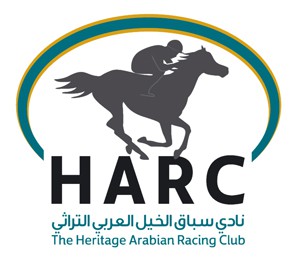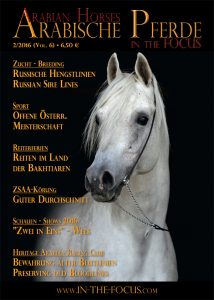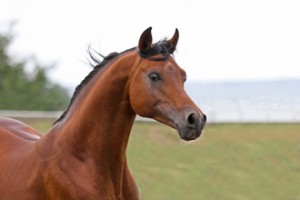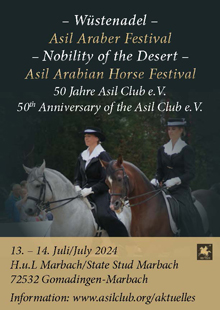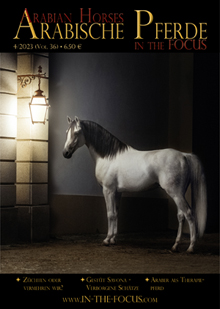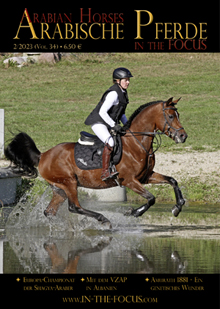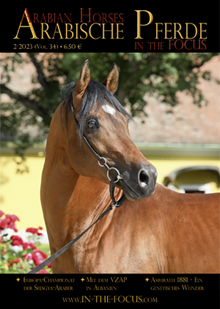Die diesjährige ZSAA-Körung hatte im Gegensatz zum Vorjahr ein großes Lot sowohl an Vollblutarabern als auch an Shagya-Arabern, jedoch war die Qualität eher durchschnittlich, das heißt es fehlten die herausragenden Spitzen – aber zum Glück auch die Vertreter am unteren Ende der Skala. Es waren 22 Hengste zur Körung angetreten, von denen 14 “bedingungslos” gekört …
No. 2/2016 (Vol. 6)
Jul 04 2016
Reiten im Land der Bakhtiaren
Lust auf Abenteuer? Dann ist ein Wanderritt im Iran genau das Richtige. Vergessen Sie Ihre Vorurteile über dieses Land – die Gastfreundschaft der deutsch-iranischen Familie, die seit Jahren Wanderitte im Zagros-Gebirge und in Khuzestan organisiert, wird Sie eines Besseren belehren. Es ist alles so grün hier”, wundere ich mich. Das war bei meinem ersten Besuch …
Jul 03 2016
“Pride” or “Shame”?
The preparations for the prestigious “Pride of Poland” Auction, to be held in August, are in full swing. The organisers expect 2.5 Mio Euro sales revenue – the question is how they are going to achieve this? The Polish State Studs do not come to a rest. During the last three months, several incidents – …
Jul 02 2016
A Future for Traditional Bloodlines
Giving traditional racing lines a future, is one of the goals of the Heritage Arabian Racing Club (HARC). With the racing scene being dominated by few bloodlines from France, Saudi Arabia and US, the traditional bloodlines that often characterized the breeding of a whole nation, such as Poland and Russia, are at the brink of …
Jun 29 2016
The Classic Russian Arabian (II)
Russian Registrar Alexander Shemarykin explained in our last issue the breeding possibilities with the Priboj-line. Now he is focussing on the Korej-, Naseem- and Arax-lines. Korej Line in General Let us consider another Russian line, the development of which was made possible due to Kann who was imported from France (1927). As is evident from …






